There can be your advertisement
300x150
Foreman Named 6 Things Often Forgotten at the Start of Renovation, and Regretted Later
Inattention threatens unpleasant consequences in the future
Renovation is a difficult period in the lives of apartment owners. It takes a lot of effort, money, and time: it's no surprise that during stressful periods some forget to consider very important details. Unfortunately, simple carelessness or lack of awareness in these matters later come at a high cost.
To avoid complications, together with expert Eugeniy Shamin we decided to tell about six things that apartment owners most often overlook during renovation. Learn from others' mistakes and take our advice to heart.
Eugene Shamin is the best DIY blogger on Instagram — 2019, builds and renovates homes for people from Forbes
Hydroisolation in the Shower Area
At the initial stages of renovation, owners often forget to do hydroisolation in the shower area or don't even know about the necessity of this procedure. Carelessness has serious consequences: over time, leaks occur, and mold appears in the room. This happens because the grout falls out, and water gets underneath it. The liquid accumulates, then the tiles lift up, and water can harm not only you but also your neighbors.
Expert Reminder: if you are assembling a shower cabin yourself, be sure to tape the joints with hydroisolation tape.
 Design: Anna Nasonova
Design: Anna NasonovaHydroisolation of Gypsum Board
Some decorate bathroom niches with gypsum board and also neglect hydroisolation. Many think there is no need for this step since gypsum board is moisture-resistant. However, do not forget: although the material itself is resistant to water, the edges of gypsum board do not have such characteristics because they are made of plaster. When tile adhesive gets on them, the edges absorb moisture.
Sound Insulation
Owners often believe developers who assure them that walls in the apartments are well-built, so noise from neighbors won't be heard. When renovation nears completion, it becomes clear that there is almost no sound insulation in the apartment. You shouldn't ignore this point: Eugene strongly recommends installing sound insulation for walls, floors, and ceilings at least in the bedroom — then you will guarantee yourself a healthy and solid sleep.
 Design: Ila Sorochkina
Design: Ila SorochkinaINMYROOM Tip: Comfort in the home depends on many factors. You can plan a stylish and modern interior design, and the view from your apartment windows might be breathtaking. But if you constantly hear noisy neighbors, dreaming of a peaceful evening after a stressful workday remains just a dream. Salvation from discomfort is sound insulation — it's a necessity in multi-apartment buildings.
Sound insulation can be achieved using panels or boards made from insulating materials — for example, eco-friendly and non-combustible rock wool. The material does not negatively affect the environment or human health: on the contrary, acoustic products will become your main ally in creating a comfortable atmosphere.
Acoustic UltraThin — a solution combining practicality and effectiveness. The thickness of sound-absorbing boards is only 27 mm, but the material provides sound insulation comparable to traditional 50 mm construction. UltraThin boards are perfect for walls and ceilings in small apartments, reducing airborne noise levels to 59 dB — neighbors' conversations will sound no louder than a kitchen extractor fan. Moreover, ultra-thin boards guarantee not only noise and fire protection but also thermal insulation.
Sound-absorbing boards Acoustic Batts with a thickness of 50 mm are suitable for stud partitions, suspended ceilings, or additional sound insulation of load-bearing walls. No one will prevent you from comfortably listening to music or watching movies: you'll be protected from street noise and sounds from neighboring rooms. Airborne noise levels will drop to 63 dB: if a rock concert is played at full volume in an adjacent apartment, only the sound of a quiet conversation will reach you. Rock wool also keeps warmth in the apartment. You won’t have to worry about mold or fungi — the material is biostable.
Sound Insulation Boards Acoustic UltraThin with a thickness of just 27 mm
Sound Insulation Boards Acoustic Batts
Acoustic Standard boards save not only your nerves but also time: the packaging allows you to transport twice as much material in one trip. Sound insulation boards reduce airborne noise levels to 57 dB, and high strength guarantees solid fixation in the frame — settling during operation is impossible.
If you're planning floor sound insulation, pay attention to Flor Batts boards: they reduce the equivalent impact noise under the floor slab to 37 dB and fully meet requirements for noise protection.
Sound-absorbing boards Acoustic Batts PRO are made using a unique technology — the material guarantees professional protection from unwanted sounds and is suitable not only for sound insulation of living rooms but also for creating a home cinema in your apartment, as they reduce airborne noise levels to 68 dB. You will become the ideal neighbor: confidently turn on 'Mad Max', blockbusters, or action films at full volume — neighbors still won't hear you.
To feel calm and enjoy silence, you won’t need to make great efforts or spend large sums of money: installing sound insulation in the house is very easy. The company ROCKWOOL has taken care of its customers and prepared detailed instructions for installing sound-absorbing boards — everyone can figure it out. You will easily find instructions in brochures on the company's website or on its YouTube channel.
Sound Insulation Boards Acoustic Batts PRO for Professional Noise Protection
Sound Insulation Boards Acoustic Standard in Compressed Packaging
Sound Insulation Boards Flor Batts for Thermal and Sound Insulation of Floors
Hygienic Shower and Towel Rack
Everyone knows that a bathroom must include a sink, bathtub or shower, toilet, and washing machine. Owners usually remember about hygienic showers and towel racks only at the final stages of renovation, when it's already too late to make changes: water supply and heating systems are laid out at the very beginning of the work.
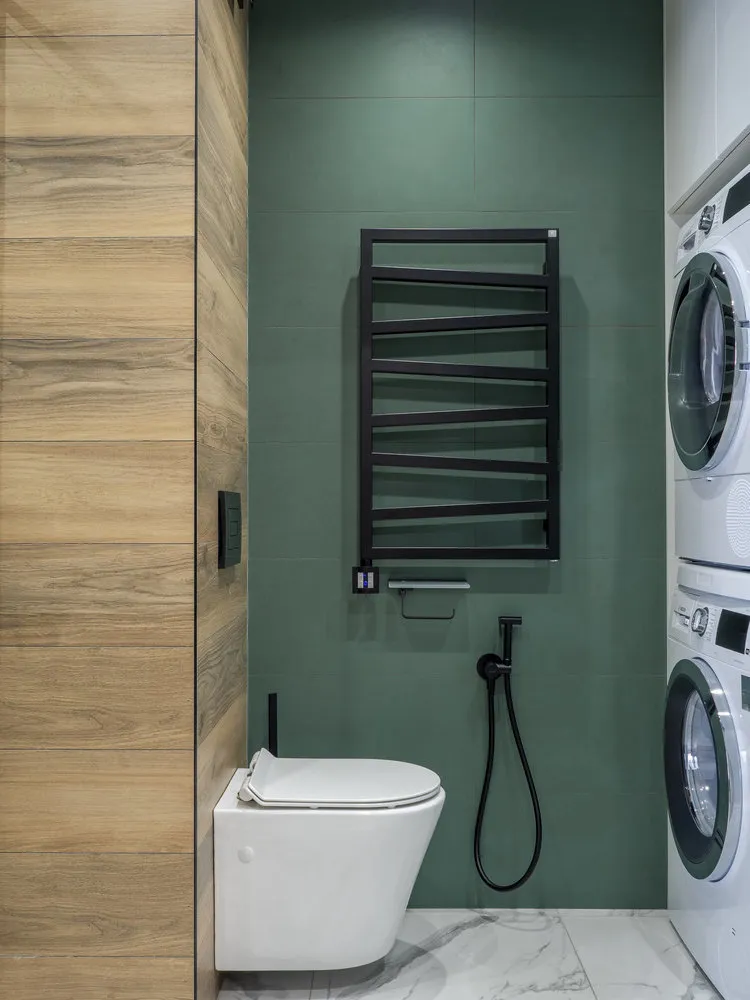 Design: Olga Sharlai
Design: Olga SharlaiHeight of Floor Coverings
At the beginning of renovation, many forget to consider the height of floor coverings. For the work, tiles are purchased, a master lays them under a comb, and then apartment owners buy laminate and realize that the laminate is higher than the tiles. It's important to calculate the thickness of tiles with adhesive and laminate with underlayment from the start — otherwise, the floor will end up at different levels. In this case, materials are already laid down, and the difference must be hidden with thresholds or corner elements.
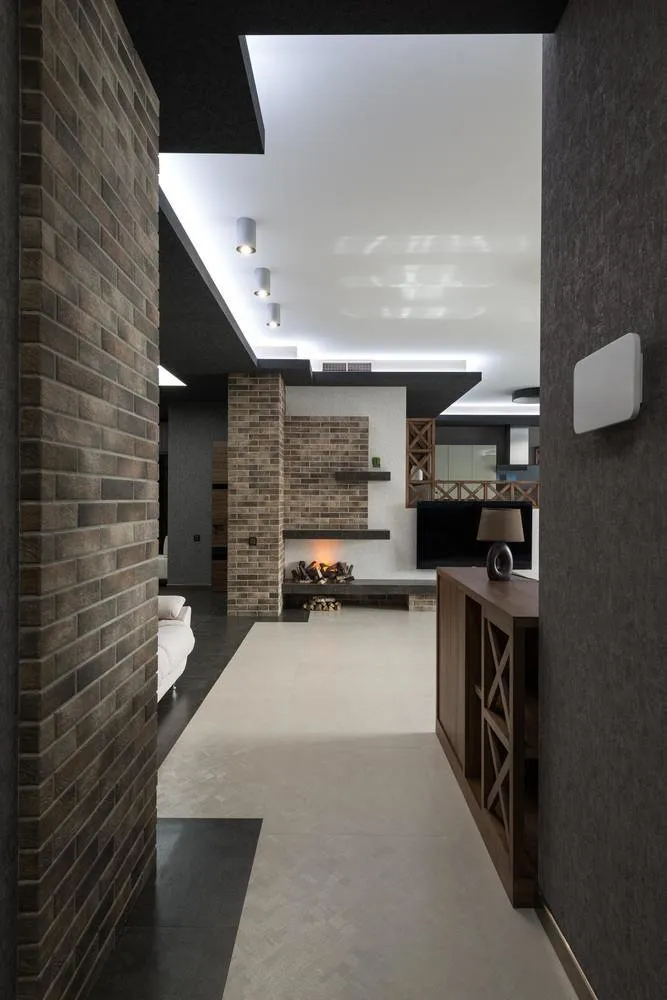 Photo: pexels.com
Photo: pexels.comWhat Else Shouldn't Be Forgotten?
We've gathered several more important points without which no quality renovation can be completed. Definitely note them!
- Sufficient Number of Power Outlets. Today we use a large amount of technical equipment, so plan outlets not only for necessary devices but also spare plugs. Think about typical scenarios where gadgets will be used: for example, place at least two outlets on each side of the sofa, and on the kitchen, there must be outlets for small household appliances.
- Switches. It's important to install enough switches based on the apartment layout: for example, one switch is usually sufficient in the hallway, but if the room layout resembles a 'G', consider an additional switch for lighting in dark areas.
- Lighting. Lighting is a complex and serious issue that requires careful consideration. In addition to general lighting in the room, local lighting is often needed — this helps with zoning and is particularly relevant for studio apartments. Seek help from professionals and calculate the required number of light sources in advance.
- Permission for Relocation. Ordinary renovation work does not require approval, but if you decide to relocate, you must obtain permission. Unapproved relocation is illegal and can result in an administrative fine and a directive requiring the owner to restore the apartment to its original state. Moreover, unapproved openings in load-bearing walls can compromise the building's structural integrity, leading to very unfortunate consequences.
More articles:
 What Sofa Upholstery Is Best When You Have Pets: Pros and Cons of Materials
What Sofa Upholstery Is Best When You Have Pets: Pros and Cons of Materials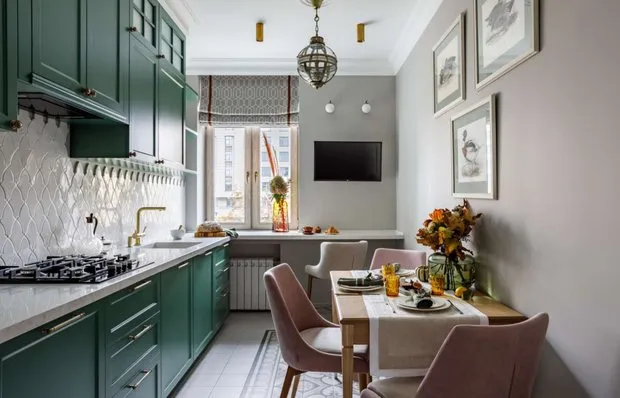 5 Questions to Ask a Designer Before Renovation to Avoid Future Problems
5 Questions to Ask a Designer Before Renovation to Avoid Future Problems 15 Amazingly Beautiful Interior Designs in Bloggers' Apartments
15 Amazingly Beautiful Interior Designs in Bloggers' Apartments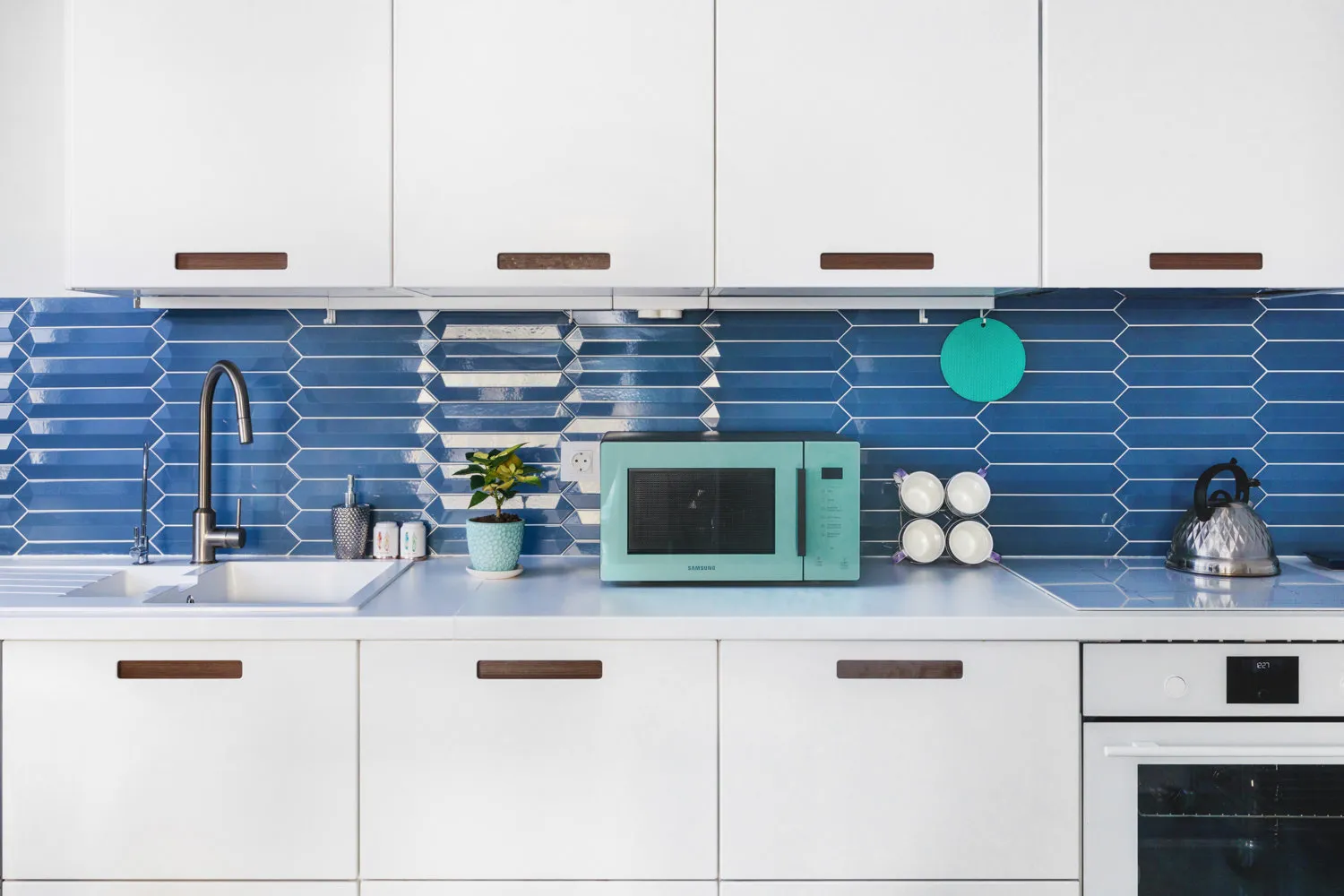 The Devil's Dozen Small Mistakes in Renovation You Might Have Forgotten
The Devil's Dozen Small Mistakes in Renovation You Might Have Forgotten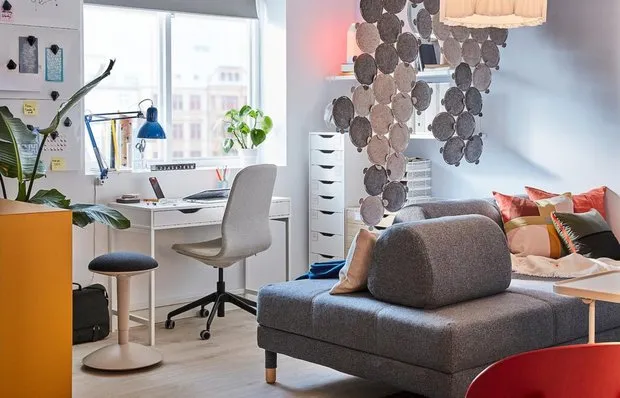 Preparing a Child for School: Cool Finds from IKEA for September 1st
Preparing a Child for School: Cool Finds from IKEA for September 1st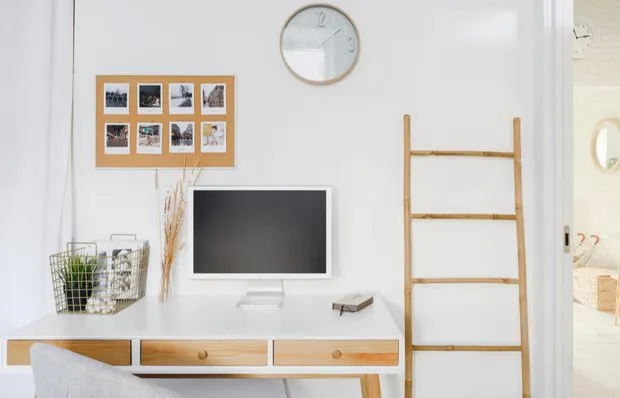 Working Space Like on Pinterest: 5 Ideas for Decoration
Working Space Like on Pinterest: 5 Ideas for Decoration Swedish-style energy saving: 6 ways to reduce electricity consumption
Swedish-style energy saving: 6 ways to reduce electricity consumption What, is it possible? Paying mortgage for a house and living in a cozy garage of 23 sq m
What, is it possible? Paying mortgage for a house and living in a cozy garage of 23 sq m